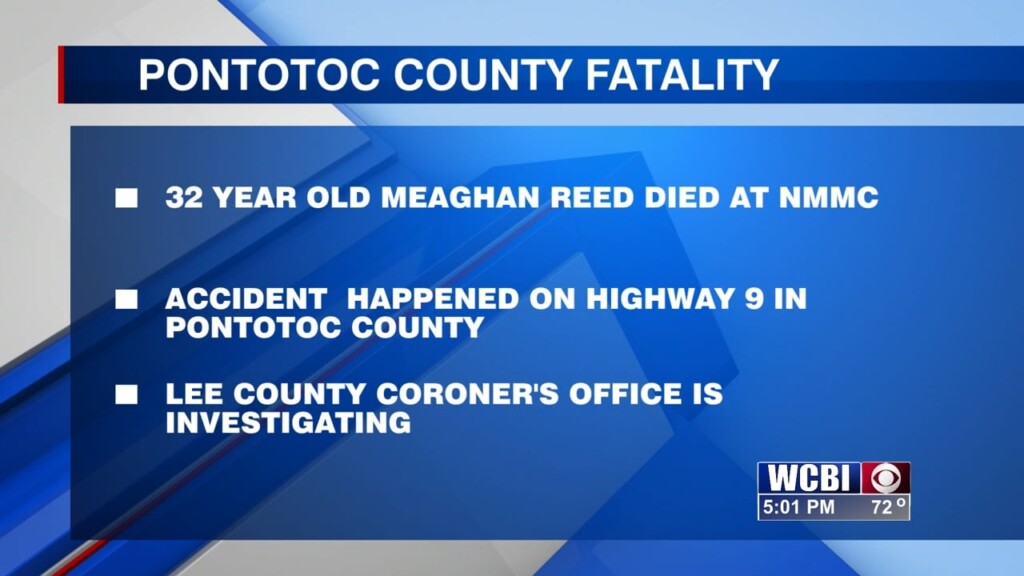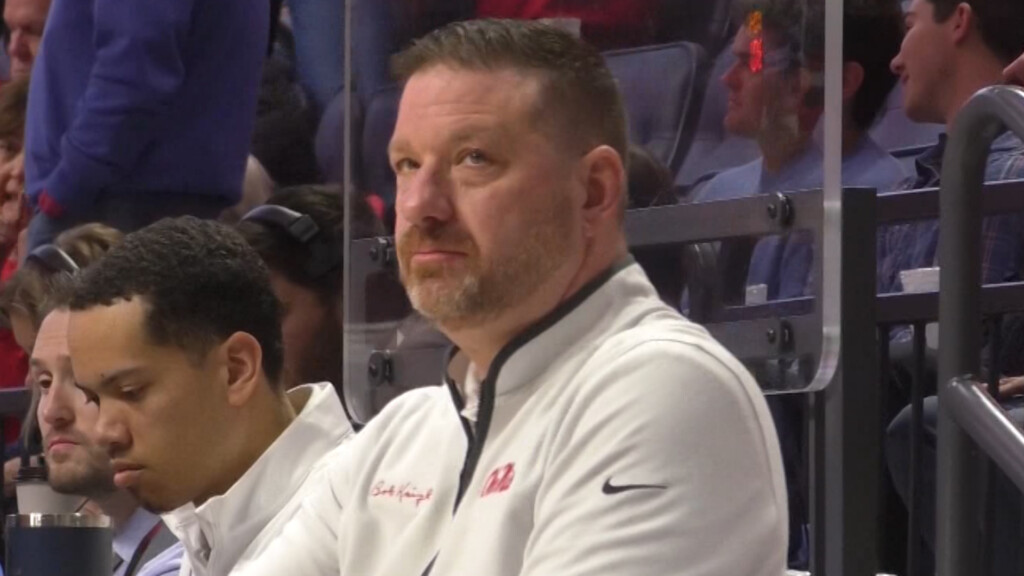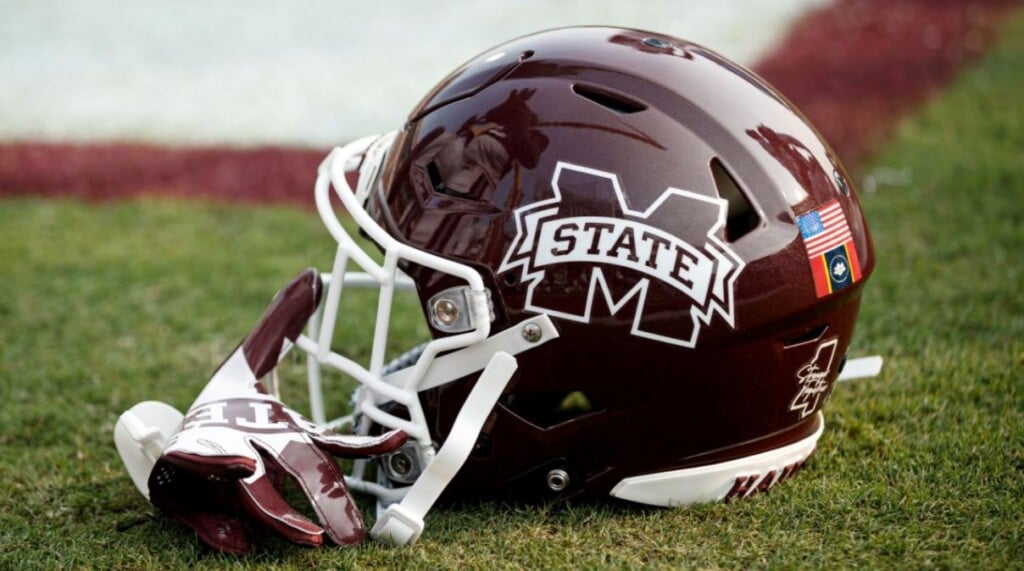Why airlines obsess over the paint jobs on their planes
United Airlines decided it was time for a change after nearly a decade. This week, it updated what’s known as its “livery” – the paint job on the outside of a plane. Their new look comes as a growing number of airliners are decked out in colors meant to stand out from the rest.
As CBS News’ Kris Van Cleave found out, airlines take their outward appearance very seriously, sometimes spending years honing the right look.
Over nine days, old United paint was stripped away on a plane and a new look came to life thanks to 134 gallons of paint. The tail and its globe now boast three shades of blue, and the name got bigger and bolder. The gold line along the bottom is out and the blue swoop is in.
“We are a much more exciting and energetic airline than we were before a few years ago so everything we’ve done symbolizes something about the spirit of United that we’re trying to create,” United Airlines CEO Oscar Munoz told Van Cleave.
When United and Continental merged in 2010 they kept the United name and the Continental paint job. It was the fastest way to get all the planes to say United. But the look dates back to 1991.
Airline industry analyst Henry Hartveldt, who attended United’s unveiling, said airlines want to be able to stand out in a crowd, which is why they invest time and money into making their planes look good. He also pointed out that airlines have been at the forefront of design with their memorable logos and looks for decades. Think Pan Am and TWA, whose looks lived on long after the airlines.
“It matters more to the airline and to its employees than the traveler. Travelers tend to pick an airline for more pragmatic reasons on time performance, destination, price,” Hartveldt said.
“An airline wants to look good,” he said. “They want you to feel good about what you’re buying.”
For airlines, their livery is a globetrotting billboard, usually for themselves but sometimes for a movie or even Hello Kitty. But it can also be a flying canvas — pieces of airborne art painstakingly hand-painted by a dozen or more people.
After Southwest became the number one carrier in Louisiana, one of its 737s spent nearly 12 days and 1,900 hundred man-hours being turned into a flying state flag: a pelican with a wingspan of 82 feet. Louisiana One is the 12th state-themed plane in Southwest’s fleet.
American wanted to recognize its routes so it painted a plane in the colors of every airline that came together to make the world’s largest carrier. One 737 will carry the airline’s old tri-bar look, while others include icons of the past TWA, U.S. Air and America West. Keeping those old looks flying also protects American’s copyright on those brands.
But perhaps the Picasso of painting planes is JetBlue. They have nearly a dozen different tailfin designs and 17 planes sporting unique looks from sports teams to blueprints.
“It is art in the sky, it’s art on the ground. It brings a lot of joy to our customers and to our crewmembers,” said JetBlue’s VP of marketing, Elizabeth Windram. “So you have to paint a plane anyway, you might as well do something really fun with it that brings a little bit of joy. People don’t want to take a flight. They want to fly.”
When JetBlue decided to fly to Palm Springs they wanted to go retro, but the airline isn’t even 20 yet so they couldn’t just go back in time.
“A lot of airlines have retro jets. We weren’t able to have a retro jet, and we said, ‘Sure, we can if we use our imagination,” Windram said. “So we had to sort of reverse engineer and imagine what JetBlue would’ve looked like if we had been around in the 1960s,”
United’s new look will roll out over the next several years. The cost to paint a plane depends on the size, but it starts in the tens of thousands of dollars and jobs last for about seven years.
© 2019 CBS Interactive Inc. All Rights Reserved.





Leave a Reply